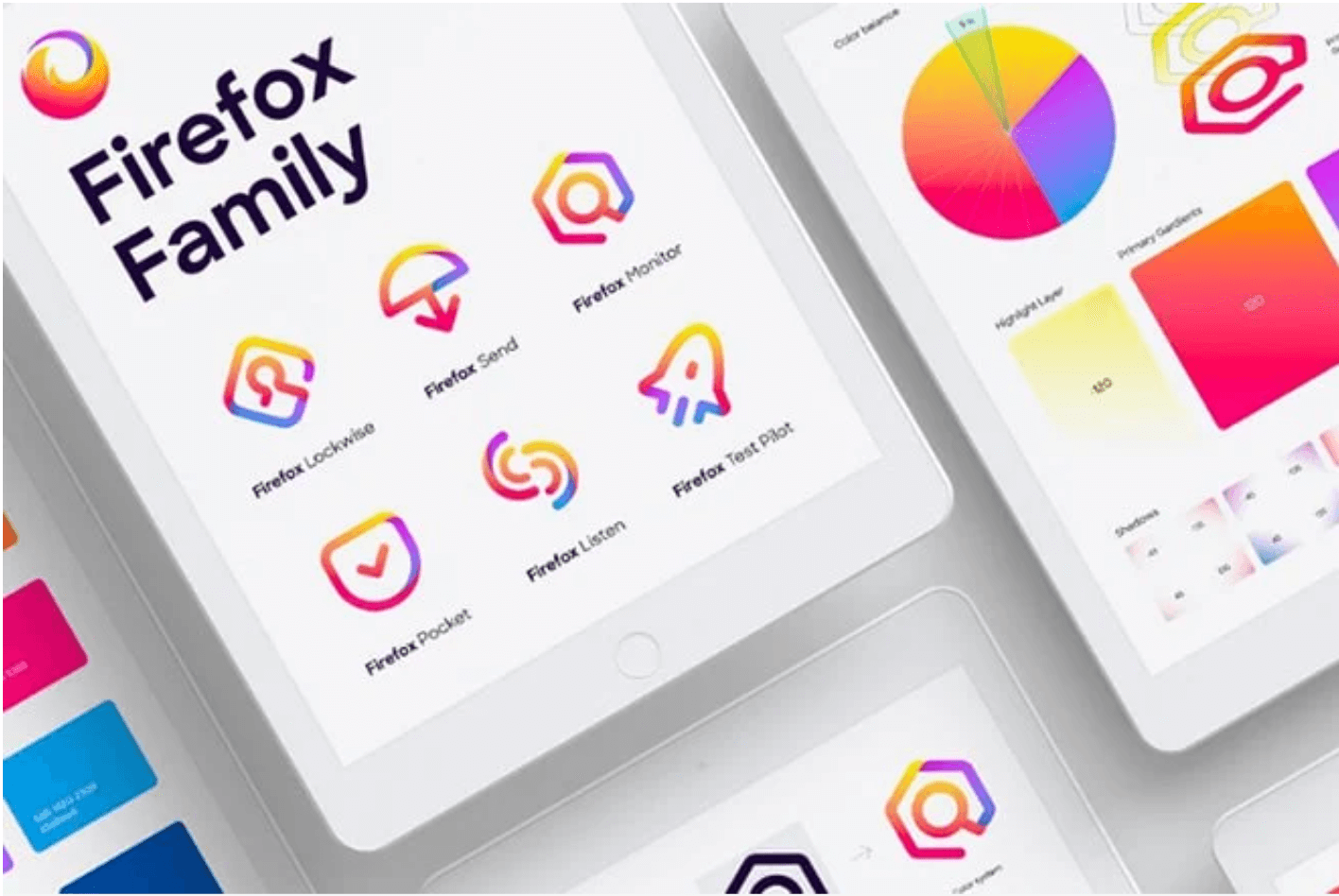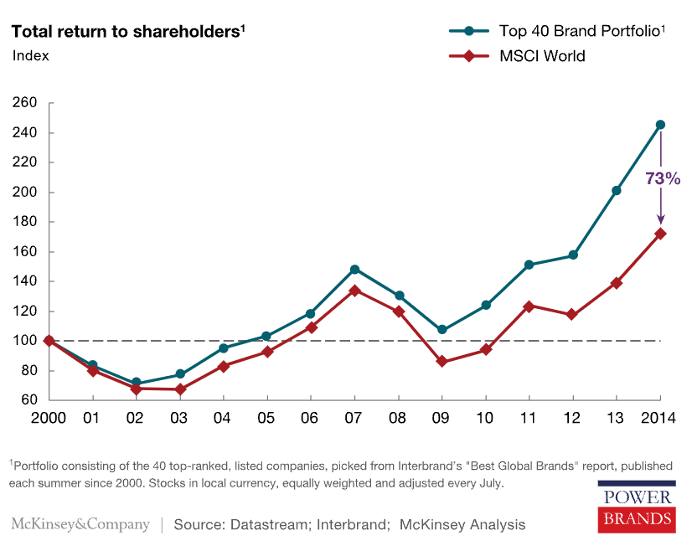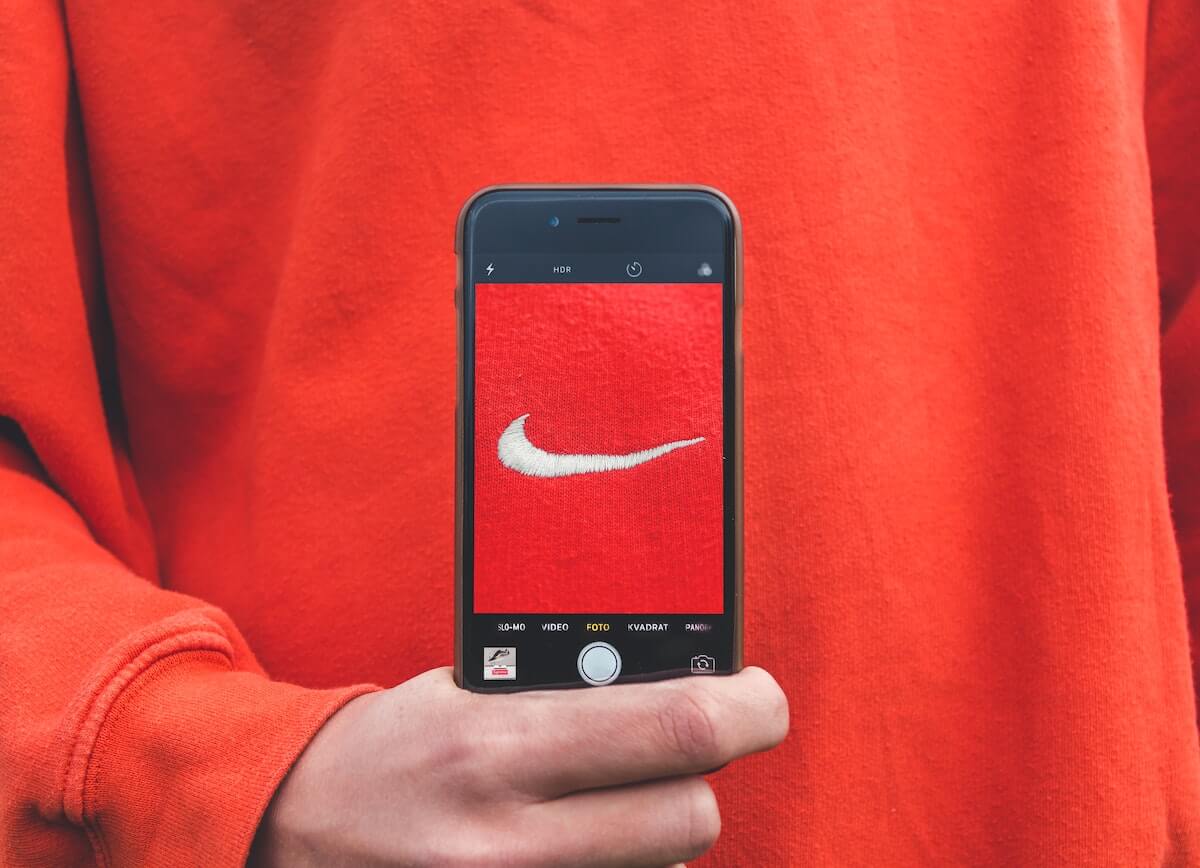What is brand recognition?
One of the biggest challenges brands face is the ability to stick in the minds of potential and existing customers. And the cornerstone of that ability, sitting above brand awareness, brand perception, and brand loyalty, is brand recognition.
Brand recognition is the ability for your target audience to name you above and beyond competitors in your sector without prompting – as well as to recognize you from your company name, logo, colors, ads, and everything in-between.
It’s a simple concept to understand, but a hard thing to achieve.
True brand recognition comes from a brand strategy that ensures every element of your public-facing identity is cohesive, considered, and consistent.
Free eBook: Building a world-class brand tracker
Brand recognition vs brand awareness
While the two are linked, you can think of brand recognition as a much more pragmatic, fundamental goal than brand awareness. Brand awareness describes a relationship in which your target customer understands that your brand exists, knows what your brand represents (ie. your brand story/mission), and ideally knows that you offer a range of products that best match their needs.
Brand recognition, on the other hand, asks some much simpler and more fundamental questions:
- Can they name you in your sector, prompted or unprompted?
- Do they recognize your logo?
- Can they tell your visual identity apart from any other company?
Can you build brand awareness with brand recognition?
Yes! The relationship between brand awareness and brand recognition is a close one, and they do influence each other. If you’ve really nailed the fundamentals of successful brand recognition, including your visual identity, then that will naturally have a positive effect on your overall brand awareness.
If people are exhibiting brand recognition, they’re cementing your brand – what it is, what it looks like, and what it offers – in their minds. That, really, is a key part of overall brand awareness.
Brand recognition vs brand perception
While brand perception is something you can help steer, it’s not something you have control over. That’s because brand perception is essentially a reading on what your target audience thinks of you. Brand perception comes from customer use, experience, functionality, reputation, and word-of-mouth recommendation.
In that sense, brand recognition differs in that it focuses much more on quantifiable ‘yes/no’ answers to questions about your identity (‘Do you recognize this logo?’, etc.), and less on qualitative ones that describe reputational qualities.
Brand recognition vs brand identity
Here, the latter is the key component of the former. Brand identity is the way we describe all the work that goes into making your brand different from your competitors. That’s the top-level stuff like its name, logo, and company colors, but it’s also how you speak to people, your mission and values, your brand’s overall character, and a succinct way to explain why your brand exists.

Getting all of those things ironed out is essential for building brand recognition. After all, how are people going to recognize your brand if it doesn’t have a clearly-defined, consistent identity?
Everything you ever wanted to know (but were afraid to ask)
Think of it this way: if brand recognition (and brand awareness) is winning the gold medal at the Olympics, then brand identity is all the training you put in to make it happen.
The benefits of high brand recognition
Increasing brand recognition will improve your brand equity – the overall value of your brand and its worth – by bolstering its overall profile in relation to your competitors. Doing that will have several positive knock-on effects for both your products and business as a whole.
Boost pricing power
High brand recall gives you wiggle room to price your products higher than supply and demand would otherwise allow. This is value-based pricing, and it can be positively impacted by the number of customers who can recognize your brand amongst a list of alternatives.
Increase customer trust
Building customer trust in your brand is an ongoing challenge, but having strong brand recognition is a powerful way to supercharge that metric. We’re naturally predisposed to trust familiarity and be wary of the unknown, so whenever consumers are presented with an array of product options any brands they’re familiar with will naturally feel like the safer, more trustworthy choice.
Streamline your communications
Product marketing campaigns become much more focused if you don’t also have to spend time explaining who you are. Brand marketing campaigns become more effective if you don’t also need to spend time explaining what you make and sell.
In other words: having brand recognition nailed can help you funnel your marketing and advertising efforts more efficiently by only saying what’s important to each audience type.
Synonymise your products
Do you search the web, or do you Google it? Do you throw a flying disk or a Frisbee? When your brand recognition reaches high enough levels, your brand name will become synonymous with not only your product but all products in that category – a feat that becomes its own source of ongoing, word-of-mouth marketing among the general population.
Outlast your competition
Aswath Damodaran, professor of finance at New York University’s Stern School of Business, suggests that brand recognition is not only responsible for the bulk of a company’s value, but is also a “competitive advantage” that secures longevity in your market. In a study comparing the top brand names in 1925 to those in 2000, three out of five haven’t changed.
The ROI of brand recognition
Beyond the benefits listed above, it’s also good to understand the return on investment when it comes to brand recognition.
While the specific ROI on brand recognition as an isolated metric is a difficult thing to piece together, there’s plenty of evidence to show that brand building, in general, is an incredibly worthwhile investment. That’s because having brand awareness, brand recognition and brand perception firing on all cylinders is a surefire way to minimize spend on marketing campaigns, shorten your sales funnel, and increase your overall value.

Long-term research from McKinsey & Company states that organizations with great overall branding outperform the market by a massive 73%. That same research suggests that, in the US B2B market, branding equates to some 18% of the overall rationale for choosing a product or service – a huge slice of the pie.
According to OceanTomo research, which compared the 39 companies appearing on both the S&P 500 and Interbrand’s Best Global Brands 2016, “brand value may represent roughly one quarter or more of average Intangible Asset Market Value (IAMV).” And that IAMV makes up around 80% of the total value of the S&P 500.
Working on brand consistency as a means to promote brand recognition, meanwhile, can increase revenue by as much as 20%.
If you really want to understand how time and money spent on branding efforts is paying off, you’ll need brand tracking software that can measure the impact of those decisions right now and over time, across multiple channels and metrics.
The Qualtrics Brand Tracking Tool is a market leader in this field, with AI built in that can monitor every channel at all times, provide insightful, actionable suggestions, and show how your brand is performing in real-time.
3 brand recognition strategies to boost ‘brand recall’
Looking to create strong brand awareness, brand equity, and top-notch brand identity? Building a recognizable brand is the first step. Here are three brand recognition strategies you can employ right now.
1. Boost brand recall through airtight consistency
Take a serious look at some of the world’s biggest brands and you’ll soon see they have one major thing in common: incredibly consistent branding, where their visual or auditory cues are aligned across every touchpoint.
To join them you’ll not only need a memorable logo, but you’ll need similar consistency across every facet of your branding – including visual identity, colors, jingles, fonts, video treatments, and tone of voice.
2. Be where your customers are
It’s easier to build brand recognition and nurture brand recall when you’re always in sight. That would traditionally mean TV, radio spots, and billboards, but today you’ll need to add social media, podcasts, and blogs to that list.
Spreading yourself too thinly across these channels will result in empty channels with ineffectual output, so consider conducting market research to find out where your target audience is and adjusting your content efforts accordingly.
3. Become part of something bigger
It’s easy to inform people about your brand when they’re actively looking to purchase something. It’s harder to do it when they’re not. One solution is to begin to position your brand as part of bigger conversations.
Whether it’s through thought leadership, charity partnerships, event sponsorships, or even environmental activism, you can start putting your name, logo, and brand identity in front of receptive audiences by thinking of your brand as an entity linked to more than just your products or services.
Examples of brands with great brand recognition
Coca-Cola
How different is one cola from another, really? It’s estimated that 80 percent of Coca-Cola’s value is in its brand name, rather than its ingredients. In the 100+ years Coke’s been on the scene, the company has gone way beyond selling drinks, having partnered with events like the Olympics, set up foundations, and even sponsoring the London Eye (with matching red lights, naturally).
Arguably Coke’s biggest masterstroke has been incentivizing stores across the world to add its logo to their signage. “You see a red disc icon on a storefront, and you know that you’ll be able to get delicious, ice-cold Coca-Cola there,” says Coca-Cola Archivist Ted Ryan. “It became a promise.”
IKEA
In a recent experiment by signs.com, 156 Americans between the ages of 50 and 70 were asked to draw a host of famous company logos from memory. IKEA came out on top here, with 30% able to draw a near-perfect version and 56% producing “good” efforts.
Importantly, the participants’ use of color was almost universally accurate – pointing to the power of color in branding, and to IKEA’s genius in extending their blue/yellow color scheme to the point where their bricks-and-mortar stores match their logo.
McDonald’s
For a company that predominantly sells burgers, there’s practically no gastronomical iconography attached to McDonald’s. Instead, if you ask most people to describe McDonald’s’ logo, they’ll almost always say “the golden arches.”
Beyond simply representing the letter ‘M’, these arches originally acted as giant, 25-foot signposts that motorists could see from the road – and as an invitation. As with the likes of Nike and the famous ‘Swoosh’, you know you’ve achieved true success with brand recognition when people can recognize your brand without having to spell it out.
How to measure brand recognition
If you want to grow your brand recognition, you’re going to need to measure how it currently stands. There are a couple of ways to measure brand recognition, with the overall aim being to turn this seemingly abstract concept into a metric. With that, you can then routinely test and learn from any brand recall strategies you employ.
1. Conduct surveys
One simple way to get a feel for brand recognition is to conduct brand tracking surveys. These surveys can measure unaided or aided brand recall (that’s how many people can name you either with or without help), giving you a clear indication of your presence in your market segment.
2. Use Brand Tracking Software
The best way to measure brand recognition is to do so continuously, alongside brand awareness, brand loyalty, and brand equity. Brand Tracking Software allows you to capture real-time data from every touchpoint, identify drivers that attract people to your brand, make predictions about consumer behavior and pinpoint actions to help push those metrics in the right direction.
Brand recognition as part of the overall experience
Conducting market research to shape the visual and audio elements of your brand, running brand awareness campaigns, and working on your brand’s message will all fuel brand recognition – but there’s much more to running a successful brand.
Efforts to build brand awareness and recognition should sit alongside product and customer experience excellence, with each one boosting the other to build a better – and more memorable – overall experience for your customers. And the only real way to do all that at once is with the right tools by your side.
![]()
Experience management software, like Qualtrics’ market-leading platform, can give your brand market research superpowers – working to listen to customers wherever they are, identifying where branding and experiential gaps exist, and offering actionable insights that can help move the needle.
Free eBook: Building a world-class brand tracker
